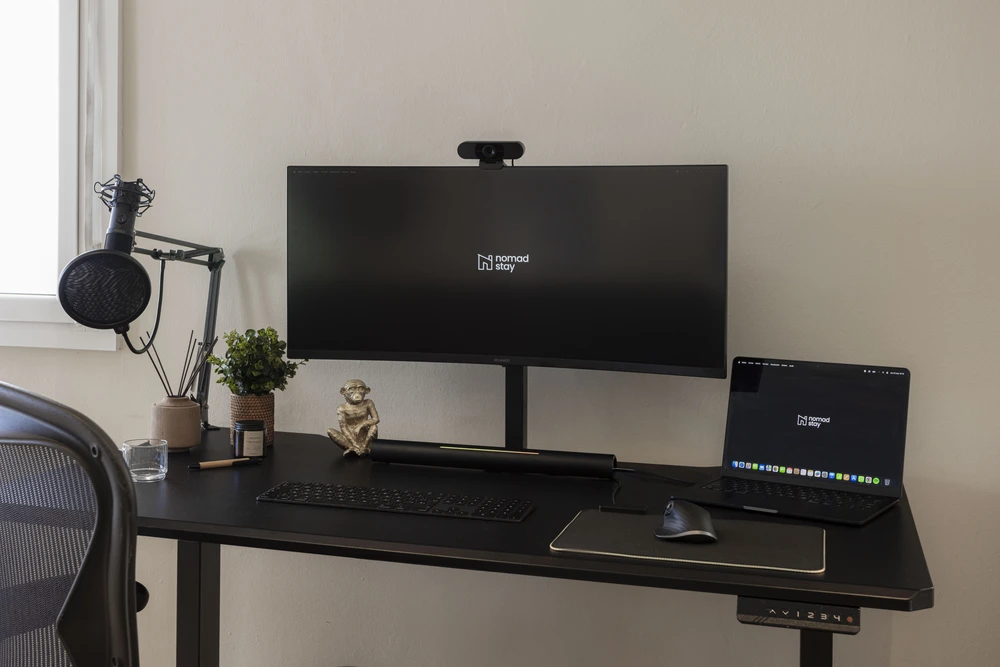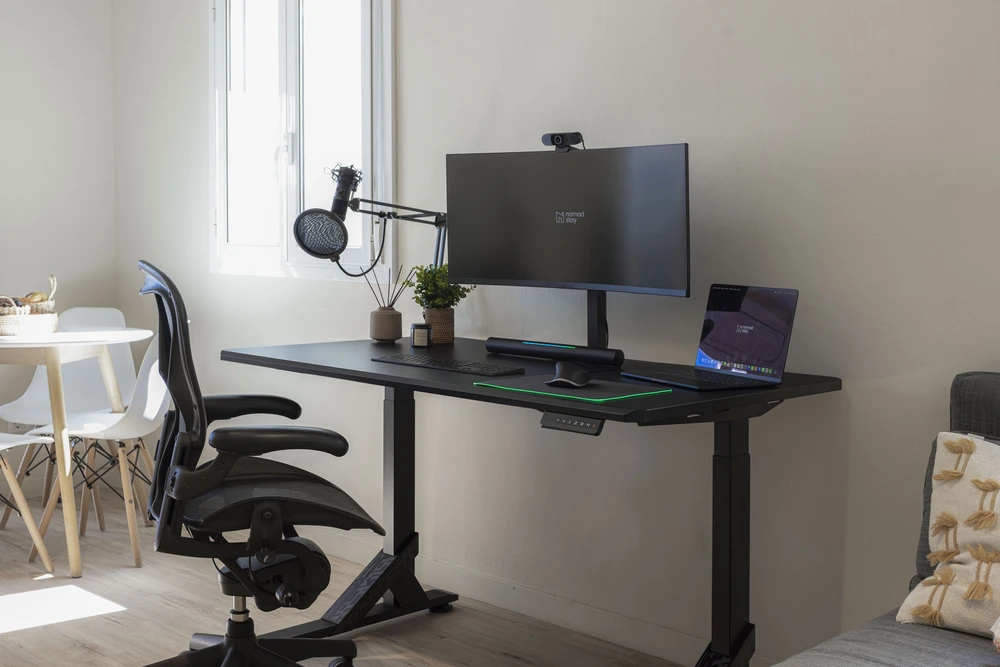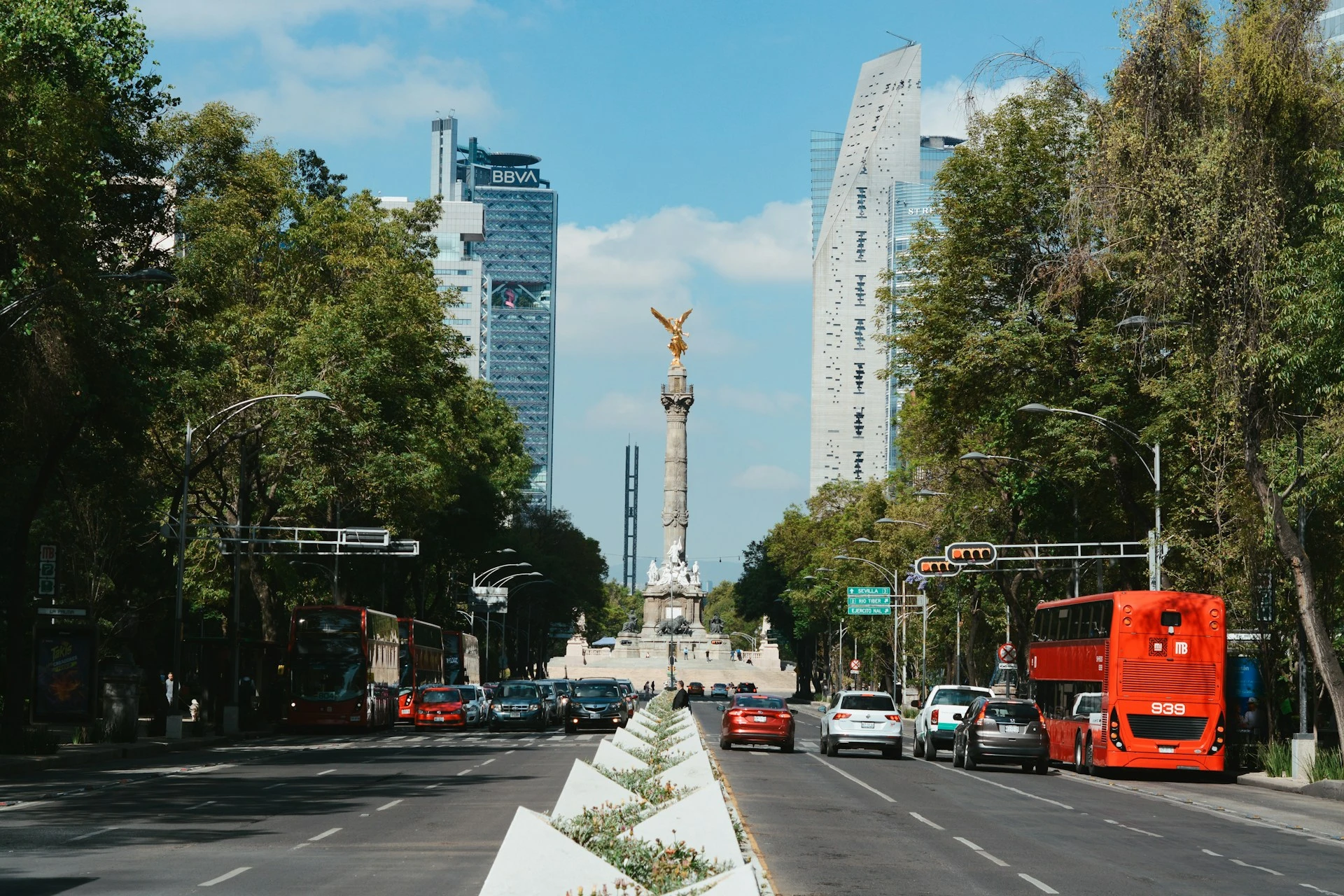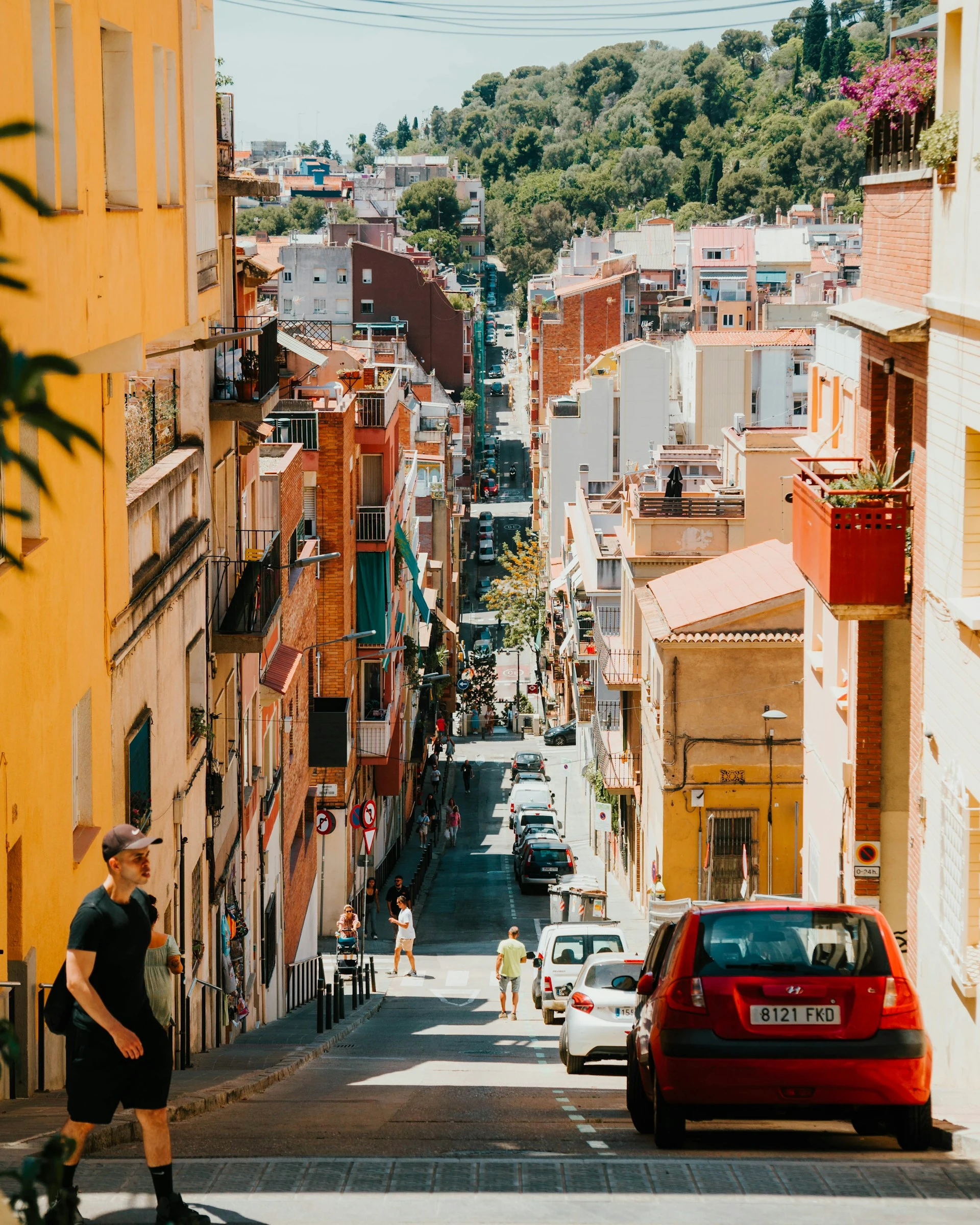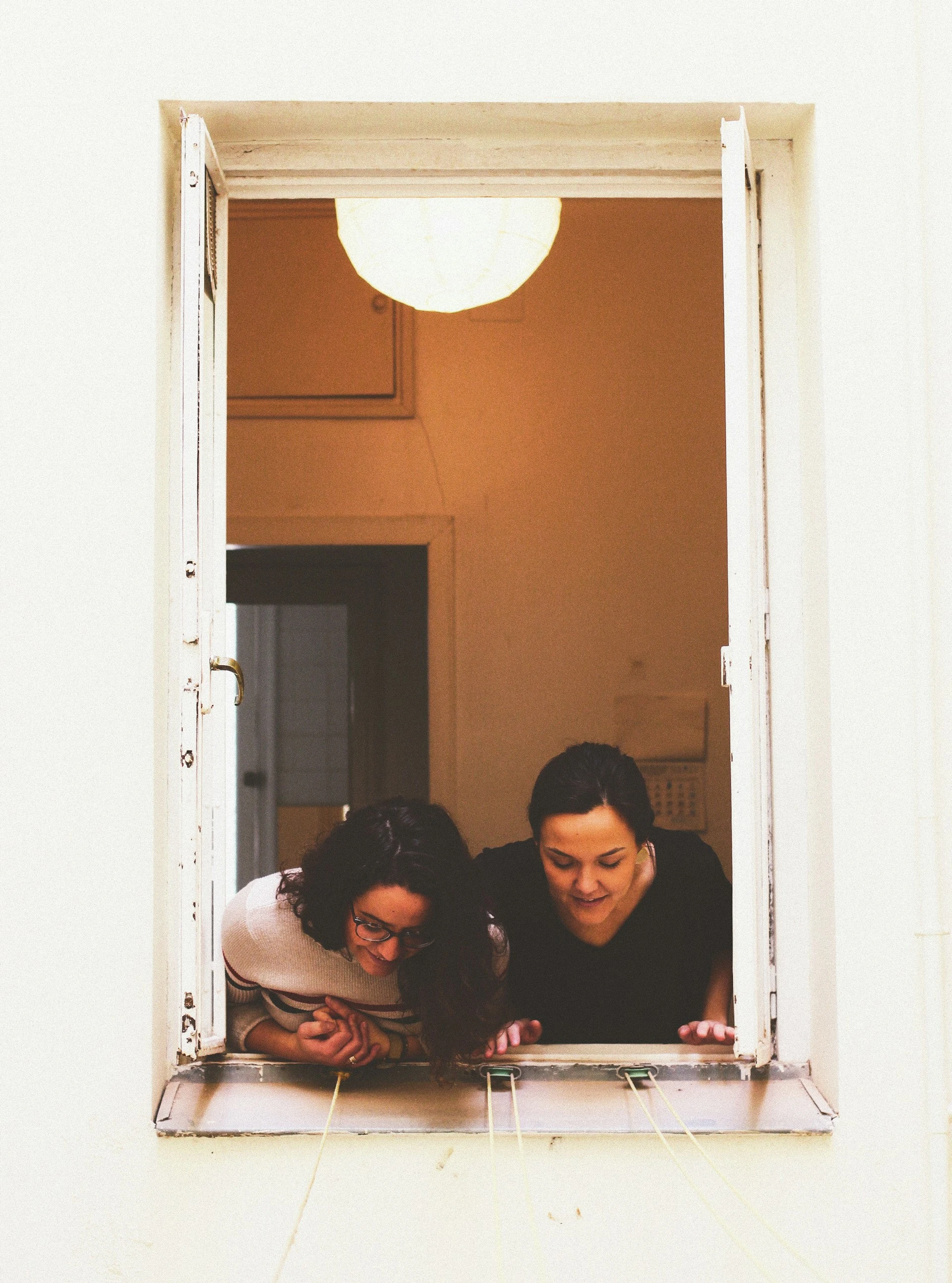Is Mexico Cheap to Visit? A Complete Cost Guide for Travelers & Digital Nomads
Explore the affordability of living and traveling in Mexico, with tips on budgeting, accommodation, and local experiences for remote workers.

Is Mexico Cheap to Visit? A Complete Cost Guide for Travelers & Digital Nomads
Is Mexico cheap to visit? Yes, Mexico is a budget-friendly destination for travelers and remote workers. Living costs are 50-60% lower than in the U.S., with monthly expenses ranging from $600 to $2,000, depending on your lifestyle and city of choice. Here's a quick breakdown:
-
Accommodation: $300-$800/month for budget options; luxury apartments start at $1,500.
-
Food: Street food costs $1-$3, while fine dining ranges from $50-$150 per meal.
-
Transportation: Public transport is $0.50 per ride; intercity buses cost $20-$30 for a 4-5 hour trip.
-
Coworking Spaces: $100-$300/month with premium options available.
-
Utilities & Internet: $30-$60/month for basic plans.
Whether you're traveling on a budget or seeking premium experiences, Mexico offers affordable options across the board. Popular tourist spots like Cancun and Tulum are pricier, but inland cities provide similar amenities at lower costs. Adjusting to local habits, like eating at fondas or using public transit, can save you even more.
The Real Cost of Living in Mexico Revealed
1. Low-Cost Travel in Mexico
Mexico is a fantastic destination for travelers keeping an eye on their budget, with daily expenses typically falling between $30-50 in popular spots like Cancun and Tulum [3]. While this makes it affordable, there are also higher-end options for those seeking more comfort, which we'll touch on later.
Accommodation
Hostels are a go-to for budget travelers. Dorm beds in Cancun and Tulum usually cost $20-30, whereas in Oaxaca, you can find them for $10-20 [6].
Food & Dining
Mexican street food is not only delicious but also easy on the wallet. Here's a quick look at meal costs:
| Meal Type | Cost (USD) | Examples |
|---|---|---|
| Street Food | $1-3 | Tacos, quesadillas, tamales |
| Comida Corrida | $3-5 | Set meals at local fondas |
| Market Groceries | $10-15 | Weekly groceries from markets |
Street food is an excellent way to experience Mexico's local flavors without spending much. For a slightly larger meal, "comida corrida" at local fondas offers great value.
Transportation
Getting around in Mexico is budget-friendly. Public transport fares in major cities, like metro and buses, are about $0.50 per ride [3]. For longer distances, intercity buses are both comfortable and affordable, costing $20-30 for a 4-5 hour trip [6].
Internet & Connectivity
Staying connected is inexpensive. Local SIM cards with 5-10GB of data cost around $10-20 per month, while home internet plans range from $20-40 [3]. Free Wi-Fi is widely available in cafes, making Mexico an attractive choice for remote workers.
Free and Low-Cost Activities
Mexico's cities are packed with budget-friendly experiences. You can enjoy:
-
Free museum entry on Sundays
-
Beautiful public beaches
-
Historic city centers
-
Local festivals
-
Tip-based walking tours
There's no shortage of affordable ways to explore and enjoy the rich culture Mexico has to offer.
2. Premium Travel in Mexico
If you're looking for comfort and luxury without breaking the bank, Mexico offers high-end experiences at prices significantly lower than in the US or Europe - often 40-60% less [2] [7]. This section focuses on Mexico's premium options, balancing indulgence with value.
Luxury Accommodations
Mexico has a wide range of upscale housing options to suit different preferences and locations:
| Location | Accommodation Type | Monthly Cost (USD) |
|---|---|---|
| Mexico City (Polanco/Condesa) | Luxury Apartment | $1,500-3,000 |
| Tulum/Puerto Vallarta | Beachfront Villa | $2,000-5,000 |
| Resort Destinations | Luxury Hotel Room | $250-500 per night |
These accommodations often include perks like high-speed internet, daily cleaning services, and concierge support tailored for remote workers.
Premium Workspace Solutions
For remote professionals, premium coworking spaces like The Pool in Mexico City offer elevated amenities. Memberships range from $98-228 per month [2] and typically include:
-
Private phone booths
-
Fiber optic internet
-
24/7 access to the building
-
Regular networking events
High-End Dining and Entertainment
Mexico's fine dining scene is impressive, with meals at top-tier restaurants costing between $50-150 [2]. For entertainment, premium options include:
-
Luxury yacht rentals: $1,000-3,000 per day
-
Private archaeological tours: $200-400
Premium Services for Remote Workers
Specialized services cater to remote professionals seeking convenience and comfort:
| Service | Monthly Cost (USD) |
|---|---|
| Premium Health Insurance | $100-300 |
| High-Speed Fiber Internet | $50-100 |
| Luxury Gym Membership | $100-200 |
Transportation
Getting around in style is easy with these upscale transportation options:
-
Uber Black: 30-40% more than standard rides
-
Luxury car rentals: $70-150 per day
-
Premium car-sharing memberships: $300 [4]
Wellness and Lifestyle
For relaxation and self-care, Mexico offers spa treatments priced at $100-300 per session and week-long resort retreats ranging from $1,000-3,000 [4].
Whether you're working remotely or simply enjoying a high-end getaway, Mexico's premium offerings combine luxury and affordability in a way that's hard to resist.
sbb-itb-8c959d1
Cost Benefits and Drawbacks
Mexico's pricing landscape offers a mix of advantages and challenges, depending on the type of traveler. While the country is known for being budget-friendly, there are trade-offs to consider when planning your trip.
| Category | Pros | Cons |
|---|---|---|
| Accommodation | Plenty of budget-friendly options | Seasonal price hikes in popular tourist areas |
| Food & Dining | Affordable local dishes | Higher costs for imported goods and tourist hotspots |
| Transportation | Low-cost intercity buses | Elevated prices in tourist zones New $42 tourist tax starting in 2025 [1][8] |
| Work Amenities | Decent internet speeds (20-30 Mbps) [5] | Inconsistent connection quality across locations |
Budget Considerations
A variety of factors can influence your overall expenses:
"Digital nomads can typically reduce their monthly expenses by 20-40% compared to short-term travelers by leveraging local knowledge and long-term options" [3][6].
Extra Costs to Watch For
-
Visa and insurance requirements
-
Markups on imported goods
-
Currency exchange rate changes [1]
-
Seasonal price spikes in tourist-heavy areas [1]
For those watching their spending, picking the right destination is crucial. Tourist hotspots like Tulum or Cabo San Lucas often come with higher costs, while less-visited locations can offer similar experiences at a fraction of the price. These extra expenses are especially relevant for remote workers planning extended stays.
Balancing Safety and Costs
Staying in safer neighborhoods or opting for private transportation often means paying 20-40% more than average local rates [9]. This trade-off is similar to the way housing markets vary by location. For remote workers, spending more on security can directly affect the overall value of living and working in Mexico.
Final Cost Assessment
Mexico offers a clear edge when it comes to affordability, especially compared to other popular digital nomad destinations. According to Numbeo's Cost of Living Index, Mexico City scores 39.85, which is much lower than Bangkok (70.62) and Lisbon (81.41) [1]. This makes it a top choice for remote workers looking to stretch their budgets.
Cost Breakdown by Travel Style
| Travel Style | Monthly Budget | What's Included |
|---|---|---|
| Budget | $800-$1,200 | Hostels, public transit, local markets |
| Moderate | $1,200-$2,000 | Private rentals, a mix of dining options |
| Premium | $2,000+ | High-end accommodations, coworking spaces, concierge services |
Regional Price Variations
Costs can vary greatly depending on where you stay. Tourist-heavy areas tend to be more expensive, while inland cities offer similar amenities at prices that are 40-60% lower than coastal hotspots.
Comparing Everyday Costs
Mexico's affordability extends beyond daily living expenses. Essential services are also much cheaper:
-
Healthcare: A doctor's visit typically costs $20-$50, compared to $100-$200 in the US.
-
Coworking Spaces: Monthly hot desk rates in Mexico City range from $150-$250, whereas similar options in New York can cost around $500 [3].
Tips for Saving Money
Simple adjustments can help you save even more. Opting for meals at neighborhood fondas instead of tourist-focused restaurants and negotiating long-term rental agreements can cut monthly expenses by 15-25% [10]. The key to maximizing savings lies in embracing local habits rather than sticking to tourist routines.
FAQs
Here are answers to common questions about living affordably in Mexico as a remote worker:
Can you live in Mexico on $3,000 a month?
Absolutely. A $3,000 monthly budget allows couples to enjoy a high-end digital nomad lifestyle, including:
-
Upscale, coworking-friendly housing: $800-$1,000
-
Dining out: 4-5 restaurant meals per week
-
Work and lifestyle expenses: Covered under premium travel needs
For single remote workers, a budget of $1,500-$2,000 per month is often sufficient [8].
How much is the average apartment rent in Mexico?
As of 2024, average monthly rents are:
-
City Center: $720 USD
-
Suburbs: $500 USD
Longer leases (6 months or more) can reduce rent by 30-50% [8]. However, popular neighborhoods often come with a 20-40% price increase compared to citywide averages [8]. These trends align with digital nomad hotspots highlighted in our Regional Price Variations analysis.









